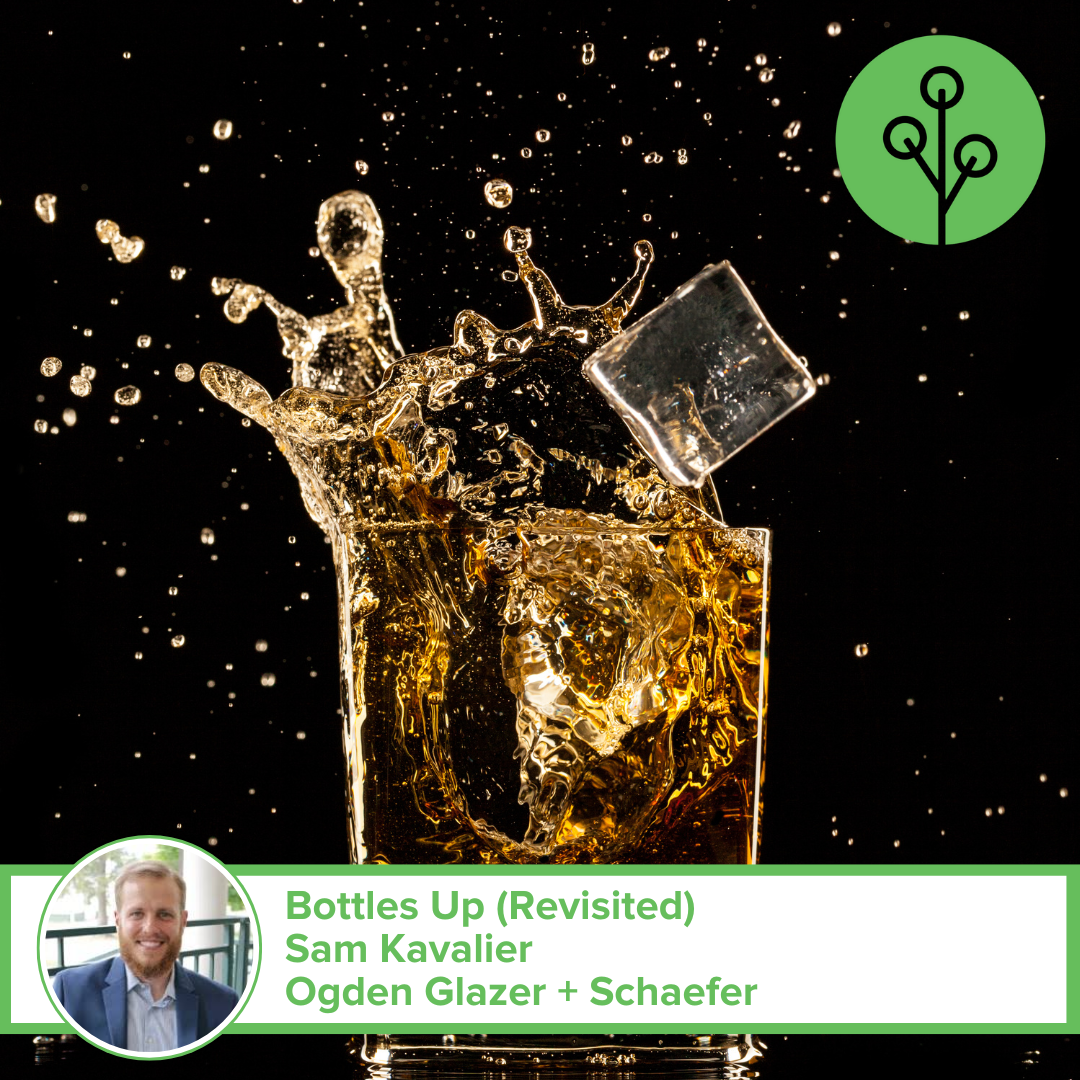As promised in an earlier blog post about Bulleit, bottle shapes, and blurring (“dilution” was the word I mostly used last time, but I was really eager for that alliteration), I am back with an updated blog post.
As a recap to the earlier post, the case involves Diageo, the company that owns Bulleit Frontier Whiskey, and W.J. Deutsch & Sons, the owner of the Redemption Whiskey brand. Diageo claimed that Deutsch’s bottle shape was similar enough to the Bulleit bottle shape that it harmed Diageo by both infringing on and diluting the Bulleit trade dress (see earlier blog post for a refresher on those terms).
The trial court held that there was dilution (and no infringement). Deutsch appealed, and at the time of writing my earlier post, the 2nd Circuit (the appeal court above the trial court) had just heard oral arguments. In its appeal, Deutsch was trying to argue that Diageo had not presented enough evidence for a jury to find that its trade dress was famous, and that the court improperly instructed the jury before jury deliberation about what it meant for a trade dress to be “famous.”
As to the jury instruction piece, Deutsch argued that the instruction did not do enough to emphasize to the jury that trade dress was only “famous” if it was widely recognized by “the general consuming public,” not “the general whiskey-consuming public.” So Deutsch’s argument went, the jury might have found dilution at trial because it mistakenly thought that wide recognition among whiskey consumers specifically was good enough for the Bulleit trade dress to be “famous,” rather than the proper standard of the entire consuming public.
This brings us to the 2nd Circuit’s ruling from May 28th.
In short, the 2nd Circuit affirmed the trial court’s ruling on both points of Deutsch’s appeal, finding there was enough evidence presented for the jury to reach a verdict that the Bulleit trade dress was “famous” to the general consuming public, and it was not persuaded by Deutsch’s argument that the jury was improperly instructed. The 2nd Circuit did not comment on all of the evidence presented at trial, but based on what it did comments on, it appears that it thought the following were most persuasive in supporting the jury’s finding: (1) long-time use and USPTO registration of the trade dress; (2) tens of millions of dollars in ad spend; (3) the Bulleit bottle appearance in TV, movies, and magazines; (4) hundreds of millions of dollars in revenue from Bulleit sales; and (5) market research suggesting Bulleit’s brand recognition was in the same league as Jack Daniels and Jim Beam.
In terms of takeaways from the ruling, I would offer these:
- Dilution is something worth keeping on the radar when developing and using trademarks. Even if a use is not infringing on a famous trademark, that use still might result in legally actionable claims.
- On the flip side, the bar for a mark to be “famous” is still pretty high. The number of brands that can draw the resources and recognition at or above the level of Bulleit’s is relatively rare, so before letting the cease and desist letters fly about alleged trademark dilution, it is fair to keep the scale of brand recognition necessary for dilution claims in perspective.
- When in doubt about trademark infringement and dilution questions, talk to your attorney.
Thanks for reading!

